The mild taste of baked apples is a sure sign that autumn is at our doorstep. In the northern hemisphere, apple season is in late summer and lasts until early winter, but there are many varieties that are made available year-round by storing them in a cool place or importing them from the southern hemisphere.
Apples (Malus domestica) are crunchy and have red, yellow or green skin, being a part of the Rosaceae family. The flavor varies from sweet to moderately pleasantly sour, depending on the species itself. Golden and Red Delicious apples are soft and sweet, while Gray Smith are noticeably sour. Sour apples that retain the best texture during cooking, are preferred for baked desserts (like apple pie), while other species are typically superior in their raw version.
With a huge variety of species and varieties, apples are widespread in almost all parts of the world, each variety has different characteristics in terms of size, color, taste, time of flowering and fruit characteristics.
Each year the world grows more than 55 million tons of apples and this amount corresponds to about 10 billion apples in numbers. Globally, the largest apple producers are China, the U.S., Iran, Turkey, Russia, Italy and India.
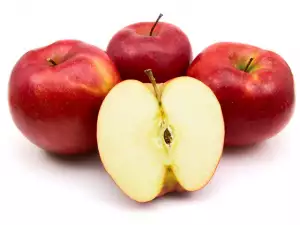
History of Apples
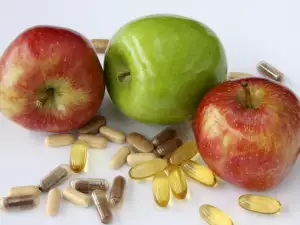
The apple tree’s roots come from Eastern Europe and North Asia, it is most common in temperate regions. Apple trees are one of the earliest cultivated trees. Over the centuries, many hybrids are created, giving us the current 7 500 varieties of apple.
Common is the fact that apple trees originated from northwestern Himalaya and their cultivation began in Malaysia and went to the Caucasus, Egypt and Palestine. The ancient Greeks cultivated apple trees before 600 BC. From there, the popularity of apple trees spread to Rome and only then throughout Europe.
Long have apples been associated with the biblical story of Adam and Eve, but the original actually did not mention that that fruit was an apple. In Norse mythology, the apple was given a more positive form: it is alleged that it’s magical powers keep people young forever.
Composition of apples
Choose fully ripe fruit to generate the highest amount of antioxidants. Research conducted at the University of Innsbruck, Austria, shows that fully ripened apples, just before they spoil, actually increase their antioxidant levels. 100 grams of apple contains about: 42 calories, 0.1 g fat, 0.4 g protein, 12 g carbohydrates.
Apples are a very good source of pectin and cellulose, which is mainly concentrated in the skin and seeds. The fruit contains impressive amounts of malic and citric acid, flavonoids, vitamins (group B, C, E, P and PP), a set of useful minerals, with preponderance of potassium and boron. Furthermore, apples are rich in sugars - fructose - 6.8%, glucose - 2.7% sucrose - 2.2%.
Pleasant apple scent comes from the many essential oils contained in apples. The different flavors of different varieties of fruits are due to their ratio and amount of sugars and organic acids. Interestingly, the vitamin C content varies between apple varieties, some species can contain up to 3 times more vitamin C than others.
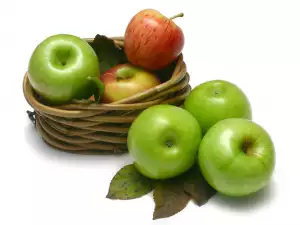
Selection and storage of apples
Look for firm fruits with rich coloring. Yellow and green apples with a slight blush are best. Your preference for sweet or sour fruit, or whether it will consume raw or processed form will guide you. It is important to remember that Red and Golden Delicious are among the sweetest specimens and Grany Smith are the most sour in flavor, but during cooking retain the best texture.
Grab an apple and give it a strong push with the pads of your fingers. If the apple is firm and does not sink in, it means that the fruit is good. The phytonutrient content of apples is not changed much during storage. After 100 days, the content of phenolic compounds decreases slightly, but even after 200 days kept cool, the overall amount of these compounds remains about the same as it was the day of harvest.

Culinary uses of apples
An apple a day is for good your health, say people, and it is hardly accidental. Most nutrients of apples come from flavonoids, vitamin C and pectin, which are found in the skin and flesh immediately below it. So, do not peel apples for consumption, but only clean them well. Cut with a metal knife apples brown faster because this reduces the amount of vitamin C in them and their surface is oxidized. If you sprinkle the apples with a little lemon juice, you can prevent this process. When heat treated, their nutrients decrease by approximately 40%, but that should not stop you from making apple pie.

In fact, apples are very susceptible to culinary use, from their successful combination of flavors with other products. Many apples are used for pies, strudels, cakes and pastries, which are often put together with cinnamon. Apples go well with grilled meats, and they are one of the favorite fruits for canning, mostly in jams, marmalades or juices.
How to enjoy them
In addition to being eaten raw, apples are a wonderful addition to salads and cooked products.
Tips for cooking apples
• Wash the apples under clear running water. If not organic, peel them, unless your recipe requires it.
• To avoid browning when you slice them, place the slices in a pan with cold water and add a spoon of lemon juice.
• For use in future desserts with apples, chopped apples can be kept in the freezer.
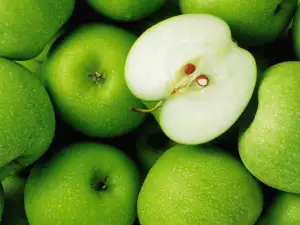
In short - store apples in the refrigerator and enjoy the sweet and crunchy fruit at least 3-4 times a week.
Benefits of Apples
Apples contain a long list of phytonutrients that act as antioxidants and maintain the health of our heart. To make the most of them, it is relevant to keep their crust. Naturally, since it is exposed to external influences, we recommend you buy organically grown apples to minimize the unwanted effects of pesticide sprays or other potential contaminants.
Along with the antioxidants and dietary fiber contained in apples, flavonoids are a third reason for these fruits to be included in a good heart supporting diet.
Though not as a result of extensive research, concerning heart health, pop apples have been involved studies related to cancer risk. Reduced risk of lung cancer in women is associated with the daily consumption of apples. In fact, when it comes to maintaining the health of the lungs, apples appear first among fruits and unlike grapefruit, or citrus fruits in general, they remarkably reduce the risk of asthma, for example.
Do not assume that apples are less important than the more exotic and less widely consumed fruits. They certainly are not! Apples combine flavonoids, fiber and antioxidants in a unique and incomparable way. It has been shown that apple juice is extremely useful and a cloudy, thicker one is preferable to clear types. The xaximum benefit from apple, however, lies in eating them as whole fruit and key advantages are derived by consuming three apples a week.
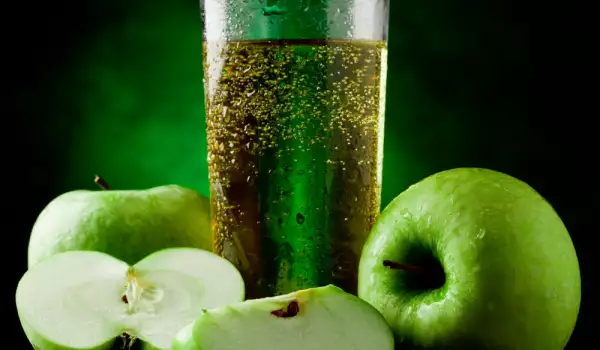

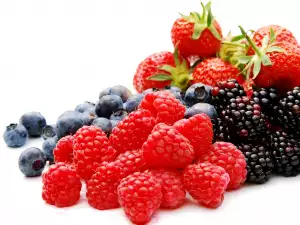

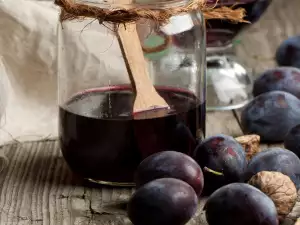


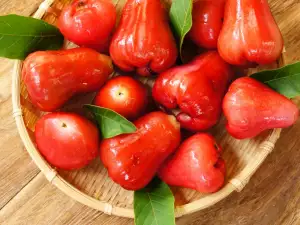




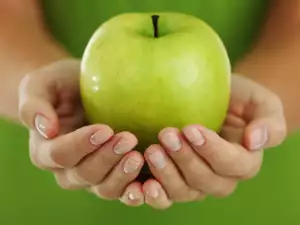

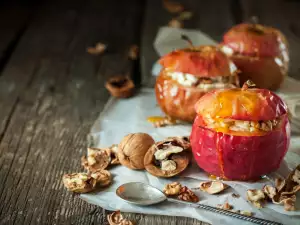




Comments